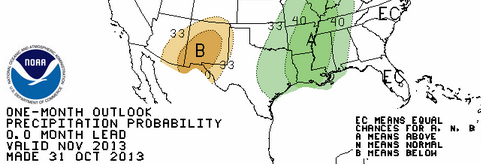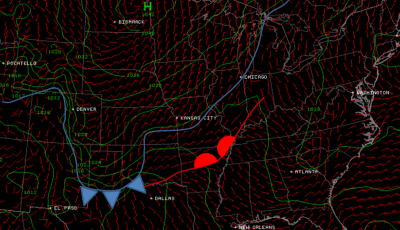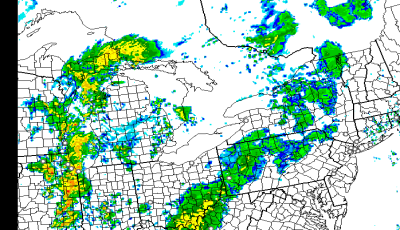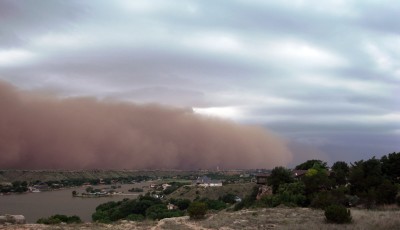The Scale Of Weather And Firefighting- Part 1
When looking at the weather, especially in the job as a firefighter, it is often necessary to consider data on different scales. For example, if one is trying to model the air-flow between buildings within a city, we’re talking small scale. Eddies around buildings mix and they channel through urban corridors.
But, when we look at weather even on the scale of a frontal system, such details are not ubiquitously known. But, even if we could monitor weather conditions on such a small scale, applying that to a larger scale would bring an unmanageable amount of data and processing power required.
Remember, weather is three dimensional too!
So, assumptions must be made when dealing with larger scales. So, let’s dig a little deeper into the various scales of weather relevant to both emergency managers and first responders. For now, I’ll break things into three categories although conceptually, there is a wide spectrum of spatial scales on which we look at weather. In part 1 we will talk about the Global Scale.
Global Scale
The largest of these categories would be the global scale in which one would take a look at the general flow patterns in the atmosphere the world over.
This might include examining the polar vortex, the general flow in the tropics, or tracking influences like the El Niño Southern Oscillation.
This is the grand scale of general flows in the atmosphere and is measured in time periods ranging from many days to many weeks. For the first responder, the usefulness of this scale is pretty limited. However, for those wishing to understand general trends such as if the next month will be wetter or drier on average, it is of prime importance.
Skill in these long term forecasts is quite mixed although improvements are being made as research uncovers new interactions.
For more insight on these large scale and long lead products, I recommend visiting the following.
https://www.cpc.ncep.noaa.gov/products/predictions/814day/index.php
https://www.cpc.ncep.noaa.gov/products/predictions/30day/
https://www.cpc.ncep.noaa.gov/products/predictions/90day/
In part 2 we will continue looking at the scales of weather to better help us as firefighters manage the incident scene and prepare for the expected and unexpected. Until then keep watching the skies and stay safe.
Part 1 of 2
Part 2 Link:
Photos Courtesy: NWS








